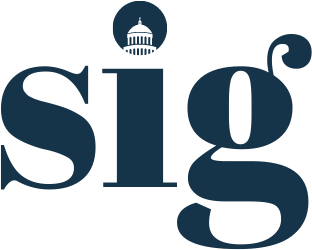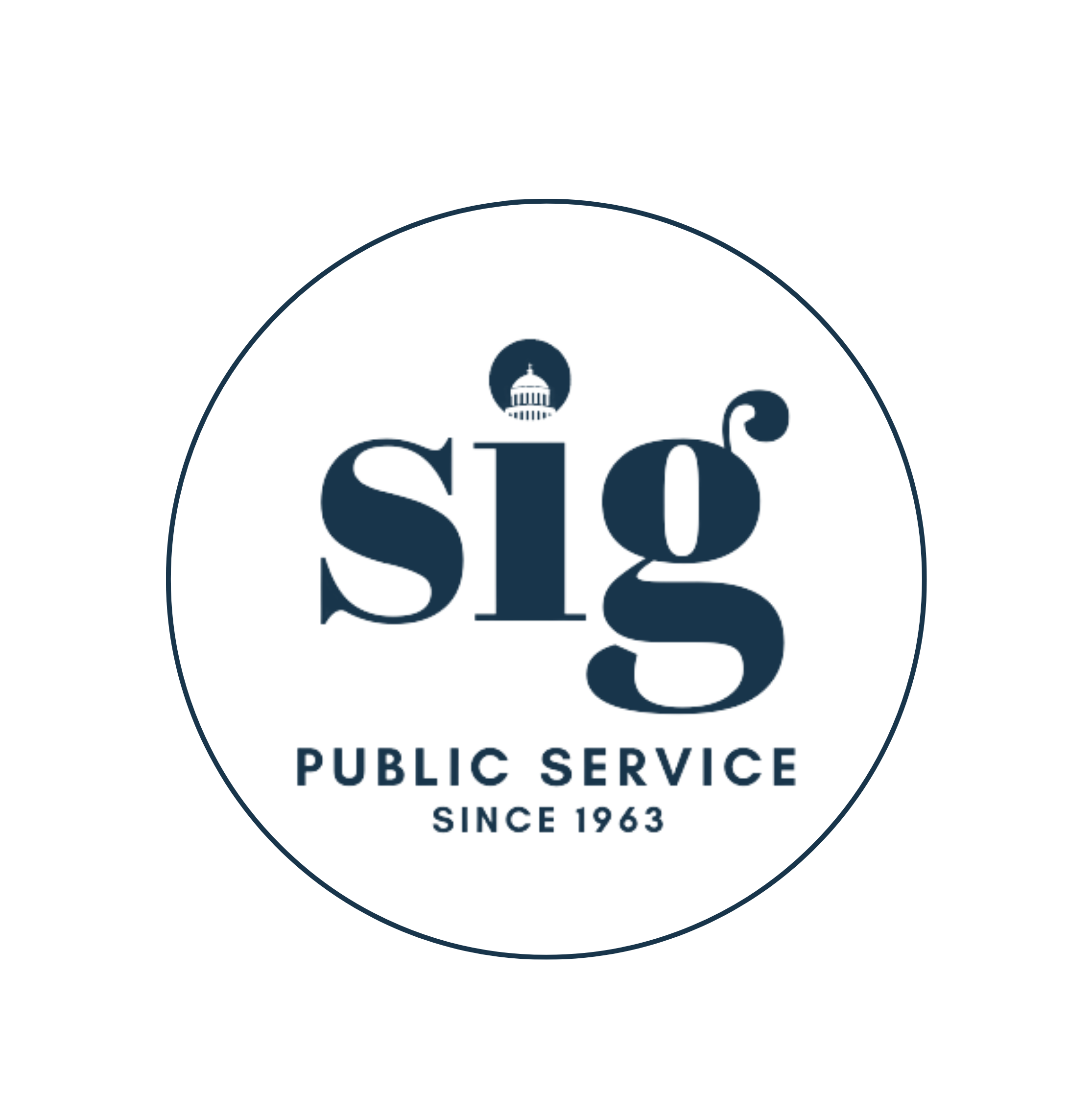By Chuck Ludlam (’67)
 In 1965, a Stanford in Government internship on Capitol Hill transformed my life, leading to a happy, productive career in public policy that spanned four decades. I am grateful to this program for exposing me to work that matched my interests and talents and gave me a great sense of accomplishment.
In 1965, a Stanford in Government internship on Capitol Hill transformed my life, leading to a happy, productive career in public policy that spanned four decades. I am grateful to this program for exposing me to work that matched my interests and talents and gave me a great sense of accomplishment.
In hindsight, it’s clear that I would have been attracted to a public policy career. In high school I had run for office and argued with my parents about politics and public policy. In high school and at Stanford, I was stirred by the Kennedy presidency, the Vietnam War (I led the first protest at a Stanford graduation), the Civil Rights Movement, and the social upheavals of the 60s.
It was my good fortune, however, that SIG existed at Stanford and could give me the exposure I needed to be infected by Potomac Fever. It all started over Christmas break during my sophomore year when my grandmother, who had organized the Congressional campaign for the Republican candidate in Monterey, California, said, “Why don’t you go back to Washington to work for Burt (Talcott, the Freshman Congressman who she’d helped get elected).” I’d previously spent seven summers as a camper and counselor on a cattle ranch in Arizona and was open to new opportunity. I was off to Capitol Hill.
That summer the Great Society legislation passed – sailed – through the Congress. It was similar to Roosevelt’s 100 days. Democrats controlled 2/3 of both the House and Senate. To say the least, I was captivated and impressed. So, I returned for another SIG internship in the summer of 1967, when I helped to arrange for our group of Stanford interns to meet with six Cabinet Secretaries, and a third internship in 1970 at the (then) Department of Health, Education and Welfare. In law school at Michigan I took off a semester to work in Washington at one of the nation’s first public interest law firms, the Center for Law and Social Policy, where I was on the team working for the environmentalists on the Alaska Pipeline lawsuit, the case that defined what is required for an environmental impact statement.
After law school, one public policy gig led to another: Three years as a trial attorney prosecuting deceptive advertising cases at the Federal Trade Commission, four years leading regulatory policy for the Senate Judiciary Committee, two years staffing the Carter White House regulatory initiatives, a year saving the tax exemption for nonprofit university bonds (with Stanford as a client), eleven years on Capitol Hill developing incentives for high technology firms, eight years as the principal lobbyist for the world’s biotechnology companies, and then three final years on Capitol Hill leading the response to the Anthrax bioterror attack of 2001. Along the way I was immersed in hundreds of fascinating policy fights, pieces of legislation, oversight hearings, and political and parliamentary wranglings. I never became jaded or cynical about the public policy making process. Bracketing my public service, I served twice as a Peace Corps Volunteer, first in Nepal and then after my retirement in Senegal. My wife and I became the lead advocates for fundamental reform of the Peace Corps.
In gratitude to SIG, I have served as a mentor to SIG and its participants for 40 years now. In the 1980s, working with Catherine Milton, President Don Kennedy’s assistant, I helped to establish the Stanford in Washington Campus and the Haas Center for Public Service. Both SIW and the Haas Center owe their existence to SIG. At SIG we’ve secured endowments for 26 fellowships, and we’re now working to endow at least 40 and perhaps 100 stipends, to celebrate SIG’s 50th anniversary in 2013. Many of these are international placements. Back in 1965, the internships were often paid, but now they are almost all unpaid. We need to provide funding for them so Stanford students can get hooked on public policy like I did! Without this funding, many Stanford students would lack the opportunity to learn how interesting and important public policy work can be. And with the new stipends program, even more students will have a chance to become public policy leaders.
The key to SIG’s success is that it is utterly non-partisan. It promotes public service and public policy internships because they are critical to our nation and the world. Having worked with thousands of SIG participants over the years, I can say unequivocally that these are sophisticated and idealistic students who give me confidence in our nation’s future. For over nearly half a century, SIG has exposed 4-5,000 Stanford students to the world of public policy and helped Stanford to attain its rightful place as a leading thinker on solutions to national and world challenges.
An oral history of my career – dedicated to SIG – is posted with the Senate Historical Office.


